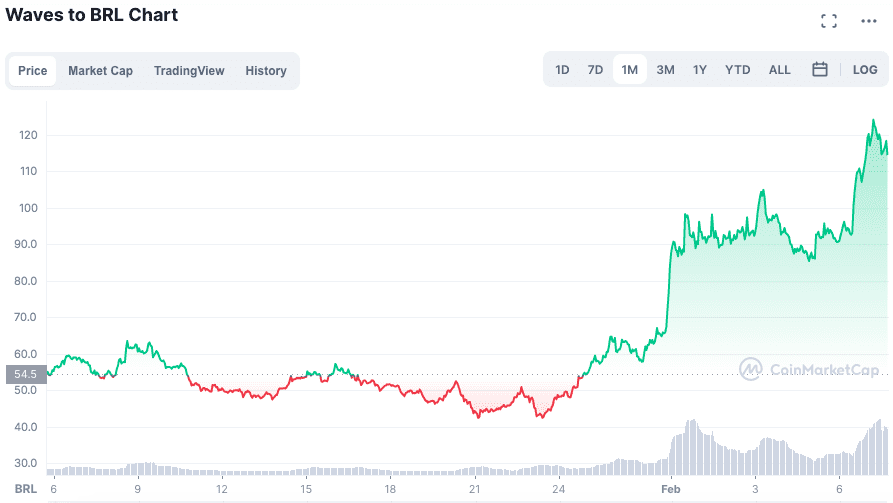Semantic search attempts to apply the user intent and meaning (the semantics) of the words and phrases you use to find the most appropriate content. In this case, it is about going beyond keyword matching, as it uses information that may not be immediately present in the text, but is closely linked to what the searcher wants.
Semantic search allows Google’s new Artificial Intelligence algorithms to “predict” user searches and understand a query within its geographic or thematic context.
In this way, semantic search applies the user’s intent, context, and conceptual meanings to match a user query with corresponding content. It does this by using vector search and machine learning to return results that are intended to match the user’s query, even when there are no word matches. These components work to find and classify results based on their meaning, with context being one of the most important pieces.
The context in which a search occurs is important to understanding what a searcher is trying to find. The context can be as simple as the geographical space. In this sense, a smart search engine will use context at the search level. This means that the result for the search «football game» will be different for a user in Spain and for another in the USA, since the word has different meanings in the two regions.
In this way, at the level of personalization, semantic search takes information about likes, previous searches and previous interactions in the search engine to offer a list of results that will adapt to what the user is looking for.
On the other hand, on a more general level, a search engine can rerank results using information about how all search engines interact with search results, such as the results that receive the most clicks or even based on the seasonality of the most popular results.
Semantic search can also take advantage of the context within the text, using synonyms to improve keyword search, thus broadening the matches of queries with related content.
On the other hand, search engines must also take user intent into account when performing a search. Search engines need to be able to anticipate search intent to find the really important results and weed out those that are not suitable, even if they match verbatim.
How is semantic search different from keywords?
Although in both cases, search engines use natural language processing to improve the agreement between wordssemantic search is able to offer results in which there is no matching text, something that keyword search cannot do.
In short, the big difference is how the matching between the query and the records occurs. While the keyword search is produced by matching the text, in semantics, the search is much broader, using concepts and being able to offer results in several languages.
In other words, semantic search provides greater intelligence to match concepts rather than words, through the use of vector search. With this intelligence, semantic search can act in a more human-like way.

